Race for the Capital
When Montana Territory entered the Union as the forty-first state in November 1889, Helena had been the seat of the territorial capital for fourteen years. Residents with voting rights ratified the state constitution in October 1889, but an important question remained to be answered: where would the state capital be located?
Locating the capital was a weighty issue. The decision held the power to make or break Montana’s position politically, economically, and culturally. Branding was everything. The capital city would be the image that Montana presented to the rest of the United States and to the entire world. It had to be a place fitting of its role as a representation of all that Montana was: not a frontier backwater, but a thriving center of industrial and cosmopolitan promise.
To some, the answer seemed obvious: keep the capital in Helena. But to others, the solution was anything but obvious. Why stick with the status quo when given the opportunity to make a meaningful change?
On August 8, 1889, The Daily Independent in Helena printed coverage of the latest assembly of the constitutional convention. Discussion to relocate the temporary capital from Helena quickly devolved into heated debate about where it should end up permanently and when the decision should be made. John E. Rickards, a Silver Bow County delegate to the state constitutional convention who would later serve as second governor, believed the first general election in 1890 premature to make a decision about the capital’s location. Rickards anticipated an “immense immigration,” and was confident that several sizable towns suited for the role would spring up on the “west side [of the Divide].” Deer Lodge County delegate John C. Robinson argued that the earlier the vote was held, the better. Waiting until the third general election would mean a decade-long gap without a capital.
The only thing all the delegates agreed on was that the decision to locate the permanent capital should be left up to the people. Helena remained the temporary capital, with the permanent location ultimately left to a statewide vote in 1892. Between 1889 and 1892, seven communities threw their hats into the ring: Butte, Bozeman, Boulder, Great Falls, Deer Lodge, Anaconda, and Helena.
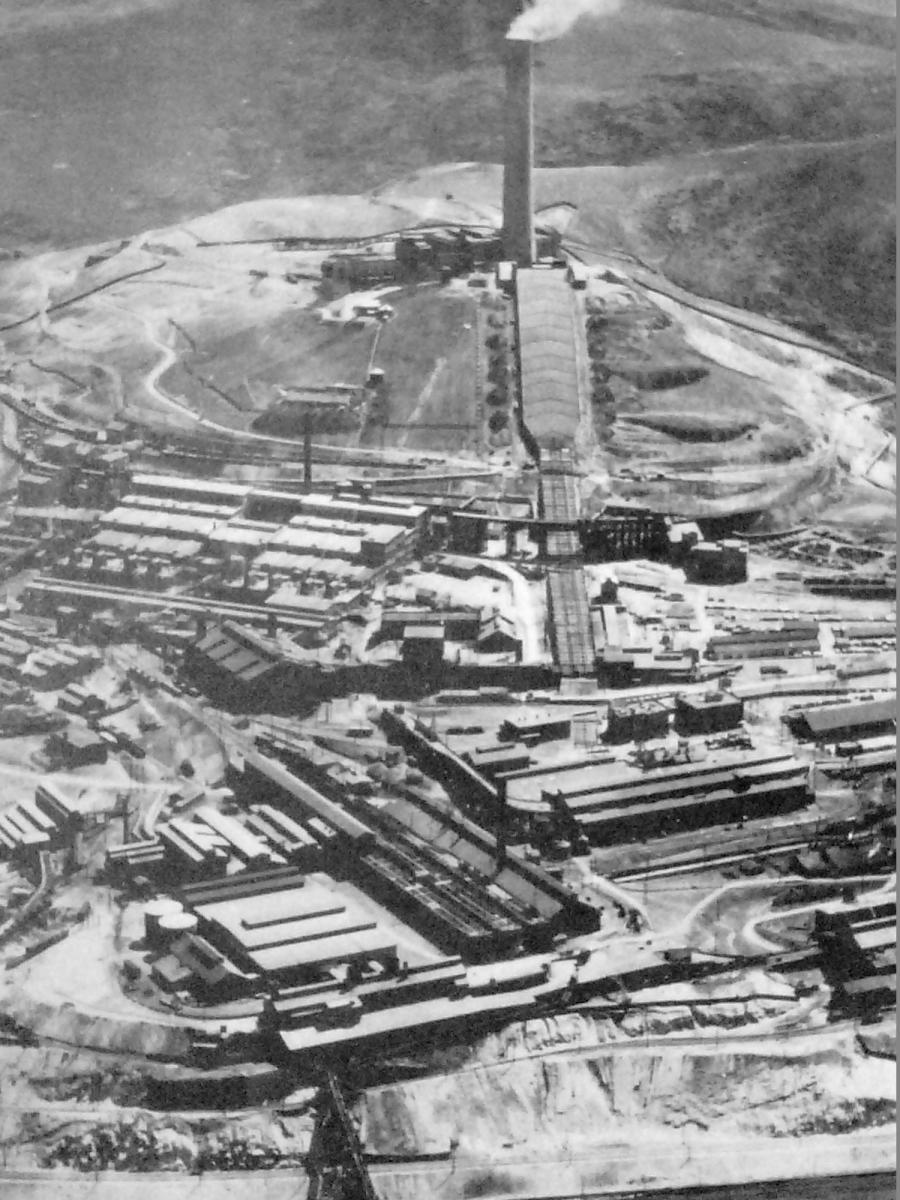
Anaconda: “Home of Plain People”
On October 23, 1892, the Anaconda Standard made its case for hosting the state government. Anaconda sat on the soon-to-be-completed Butte, Anaconda, & Pacific Railroad, which would make the city a mere three-hour train ride away for more than half of Montana’s residents.
In response to a common criticism, the Standard declared that the city’s air was wholesome and not polluted by smelter smoke, as “the smelter plant is apart from the city itself.” In a transparent jab at Helena, the Standard declared that “Anaconda is the home of plain people; they are the chief contributors to its prosperity–it is not their ambition to give Anaconda wide reputation as a city of snobs.” The newspaper also took pains to point out that Anaconda was not opportunistic, for it did not announce its candidacy until long after neighboring cities Deer Lodge and Butte declared their intentions. The message: Anaconda had not entered the race for its own benefit, but out of concern for Montana’s collective interest.
Anaconda received 22.3% of the vote in 1892.
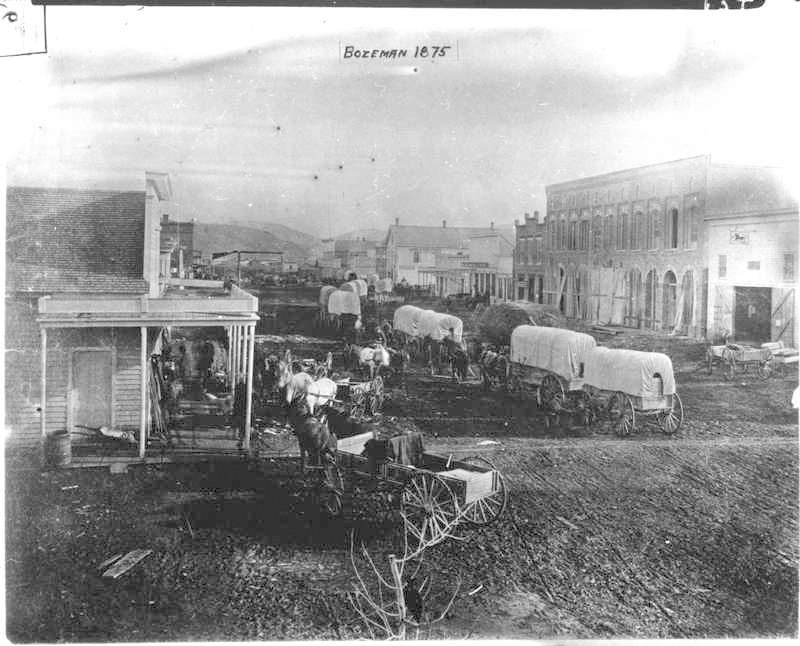
Bozeman: “The Coming City of Montana”
On June 9, 1892–more than two months before Anaconda announced its own bid–a column in the Anaconda Standard declared that “real estate values are lower [in Bozeman] than in any other growing town in Montana, and the terms offered are so easy that any one [sic] can meet them.” Pretty funny.
But Bozeman’s affordability was a real selling point, and city additions were getting platted at a breakneck pace. The “Capitol Hill” addition was already in the works in 1891. The Standard recognized “the capacity of [Bozeman’s] surrounding country to support a denser population than any other portion of Montana,” and also pointed out the advantages of placing the capital in the same city as the state agricultural college, which Bozeman already felt all but guaranteed of by 1892.
Bozeman garnered 16.6% of the vote, coming in fourth behind Butte.
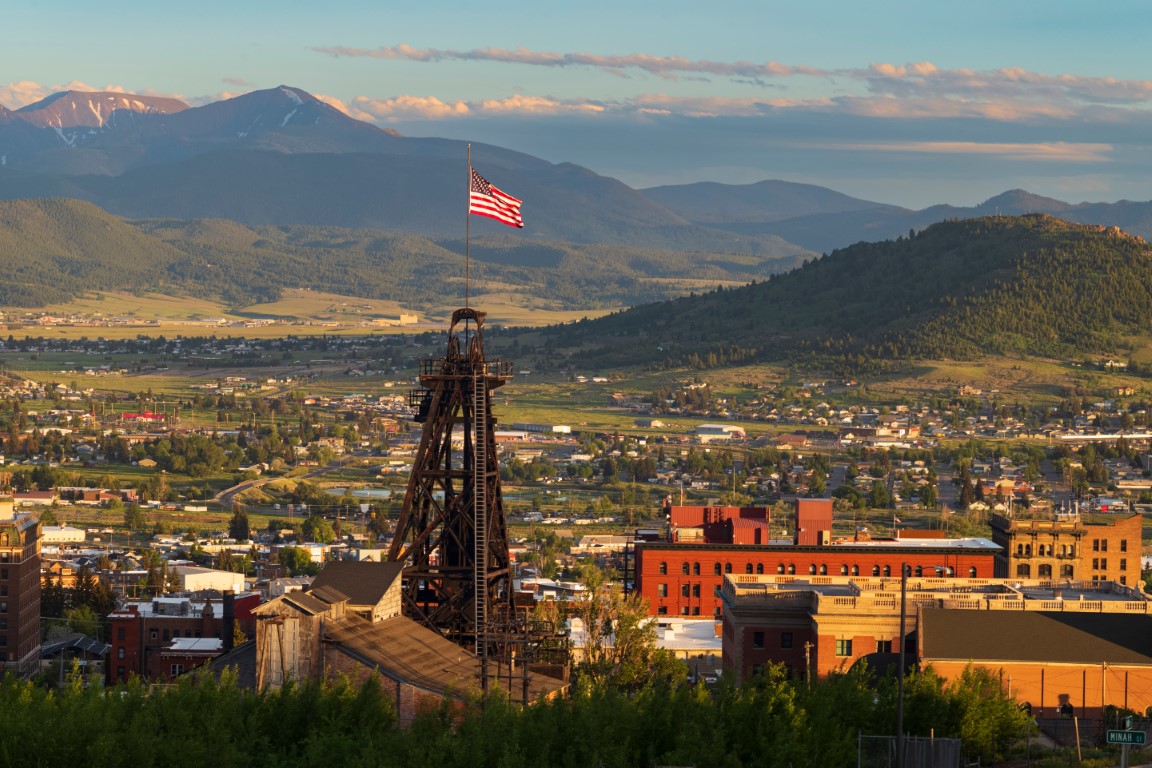
Butte: “An Absence of Grass and Flowers”
As reported in The Helena Independent on July 30, 1892, capital contender Deer Lodge ended up rubbing Butte the wrong way when it sent a delegation to recruit voters in the Mile High City. Butte was “the market of the state” and Deer Lodge couldn’t hold a candle in comparison. There was something wrong with this picture. Why would Butte people vote for anyone but themselves in the capital race?
Butte immediately threw in its hat, brandishing as weapons its mining production and plentiful sites for government buildings. Regarding the criticism of air pollution, Butte–like Anaconda would later–flatly denied the presence of smoke. Butte also acknowledged that, yes, it had a noticeable absence of grass and flowers; but, “the town used to have an abundance of both and will have again.”
Butte garnered 16.9% of the vote, coming in third behind Anaconda and Helena.
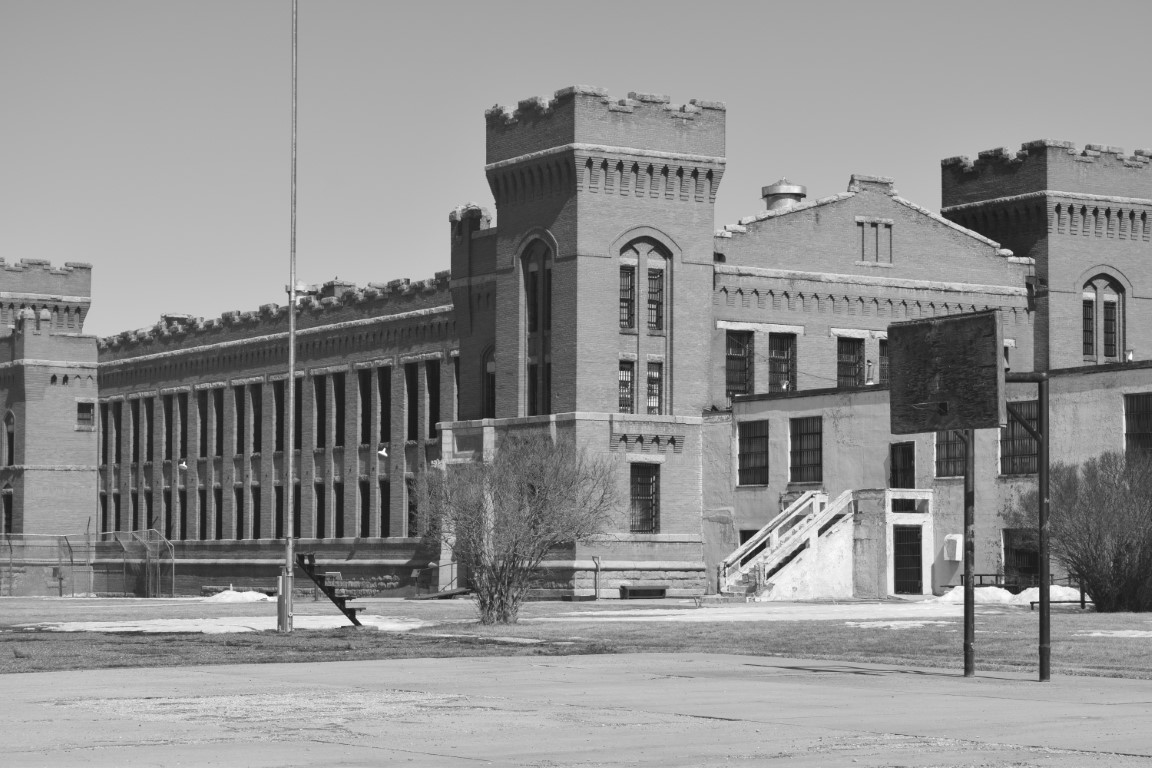
Deer Lodge: “No Blizzards, Tornadoes, or Cyclones”
Deer Lodge entered the race for capital much earlier than Butte. To the town’s credit, the seat of Deer Lodge County did the best it could with what it had. In an oft-run ad, Deer Lodge’s daily, New NorthWest, touted the city’s nearness to two hot springs as a clear attraction. The ad also described the community’s rich agrarian potential and proximity to the mining “camps” of Granite, Philipsburg, and Butte as selling points. Finally, Deer Lodge was lucky enough to be spared “blizzards, tornadoes, [and] cyclones.” All the other cyclone-plagued cities in Montana had better watch out.
Deer Lodge garnered 2.1% of the vote, placing second to last.
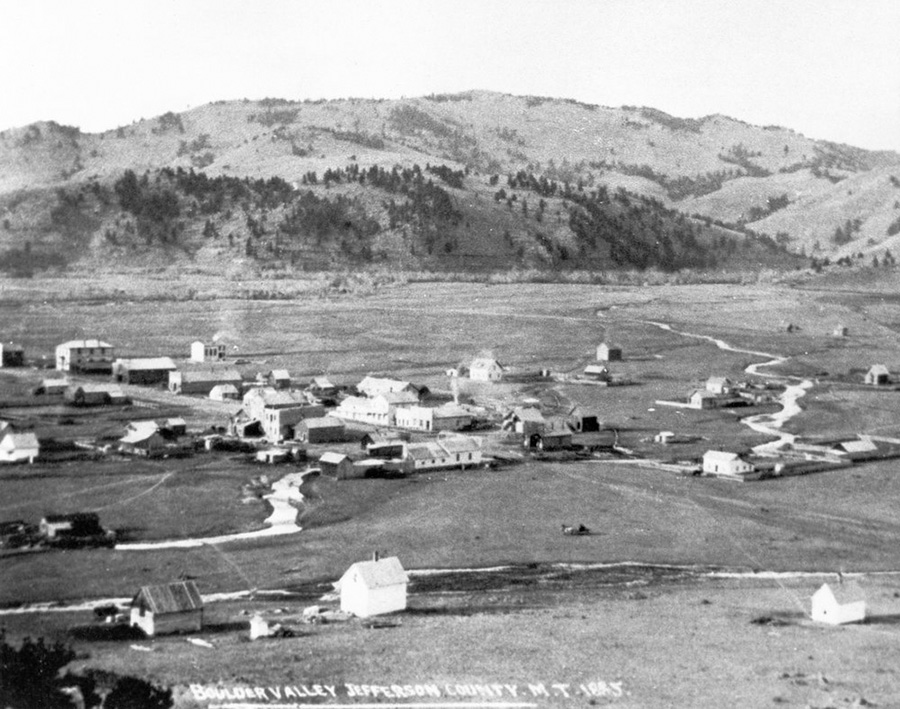
Boulder: “Sassy Little Country Village”
As early as June 1889, the small town of Boulder in Jefferson County announced aspirations to become the capital. Everyone in Helena was amused, especially after it came out in summer 1892 that Boulder “[had] never been incorporated in any way [...] all the towns are county roads, and there are no officials of any kind.” The Helena Independent dismissed Boulder as “an ambitious postoffice [sic].” The Red Lodge Vociferator proclaimed, “[Boulder] was certainly born with a tremendous amount of gall. The sassy little country village moves that the capital be put at Boulder by acclamation.”
Boulder garnered 0.6% of the vote in the referendum, coming in dead last. In its own county, it only garnered 9% of the vote. Over half the citizens of Jefferson County voted for Helena.
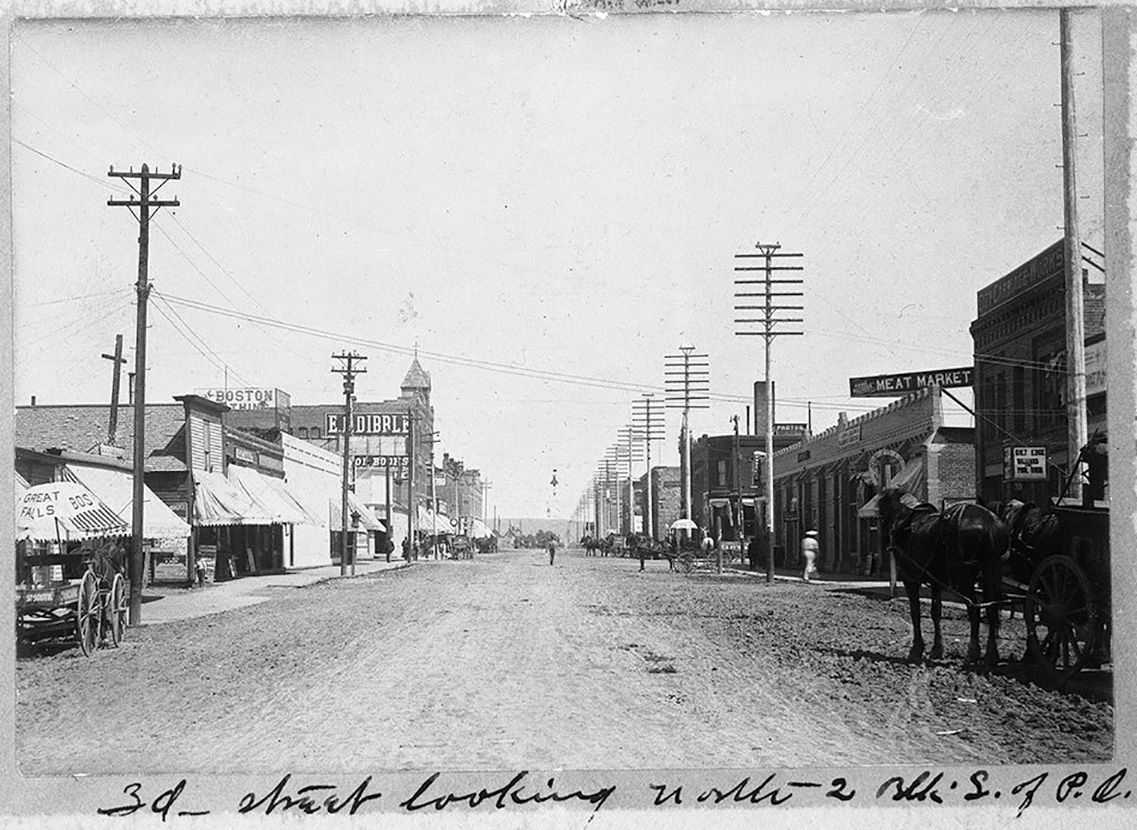
Great Falls: “The Gem of the Missouri”
In November 1892, just days before the referendum, the Daily Yellowstone Journal in Miles City ran an ad encouraging all northern and eastern Montana to vote for Great Falls. Great Falls had a population of over 10,000, abundant water power and coal, and a thriving textile industry. The city boasted six schools, ten churches, a public library and the “finest opera house between Minneapolis and Spokane.”
Great Falls ultimately won 10.9% of the vote.
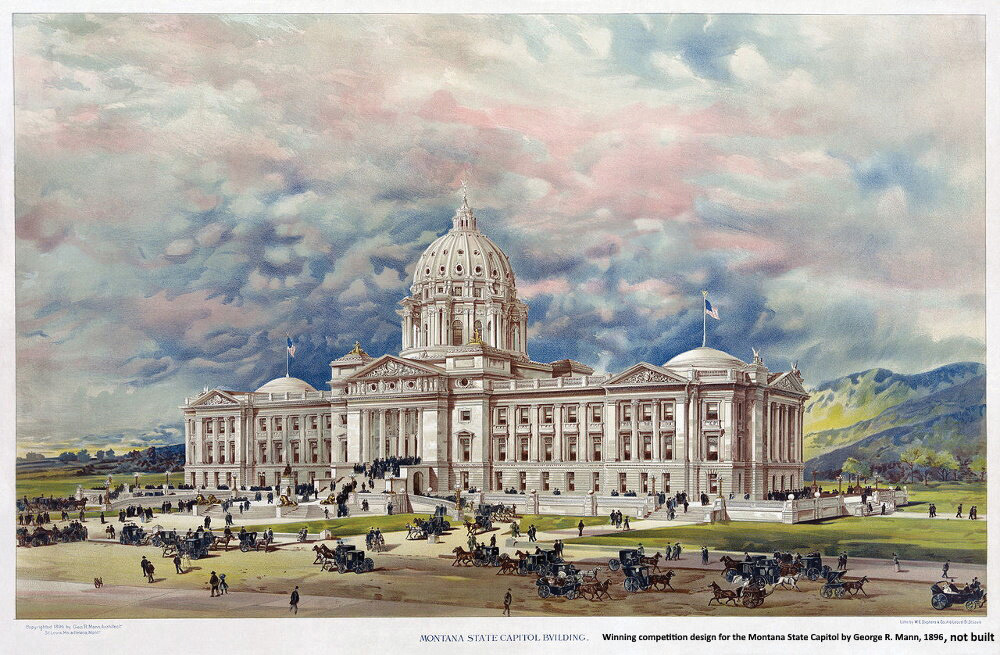
Helena: “It Has Good Bourbon”
At the constitutional convention in August 1889, Deer Lodge county delegate Robinson denied having a dog in the fight, and then went on to call Helena “a great city. It ha[s] good Bourbon. It ha[s] many good things, in fact Helena [is] Montana. There would have been no Butte, no Northern Pacific Railroad, nothing at all if it had not been for Helena. We owe all we have to Helena.” No wonder Helena entered the race with such outsized confidence. Not only was it already the capital of Montana, it was Montana.
In the first referendum, Helena ended up with 30.5% of the vote.
The 1892 referendum left things too close to call between Anaconda and Helena, and a second vote was arranged to be held in 1894. In the interim played out the famous rivalry between Copper Kings William A. Clark and Marcus Daly. Daly’s massive campaign for Anaconda as the next capital was matched in fervor by Clark’s support of Helena. Hyperbole and slander characterized both campaigns, with Anaconda supporters calling Helena a pretentious and politically dysfunctional town with an unimpressive economy, and Helena supporters painting Anaconda as a working-class hellhole under the thumb of corporate control.
Daly spent about $2.5 million on the Anaconda campaign, while Clark spent $500,000 on his own campaign for Helena. Helena won the second referendum, helped out by 40% of the Butte vote and overwhelming support from eastern Montana. The race was close, with Helena coming out only 2,000 votes ahead (for context, 52,000 votes were counted). Five thousand people paraded through downtown after the vote was called. Clark reputedly picked up a bar tab that night for $30,000.
What would Montana look like today if Anaconda had won the vote? Or Great Falls? Or Bozeman? It’s fun to wonder.
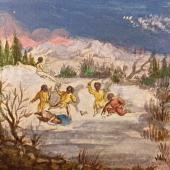
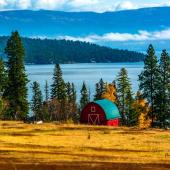
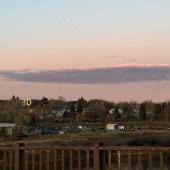
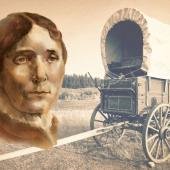
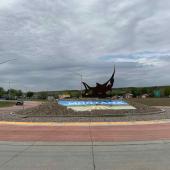
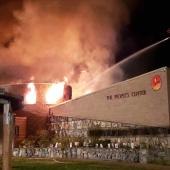
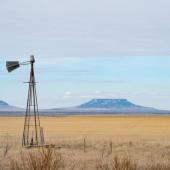



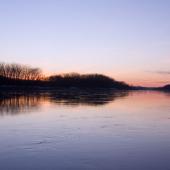
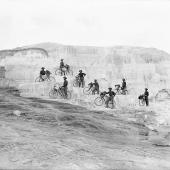
Leave a Comment Here